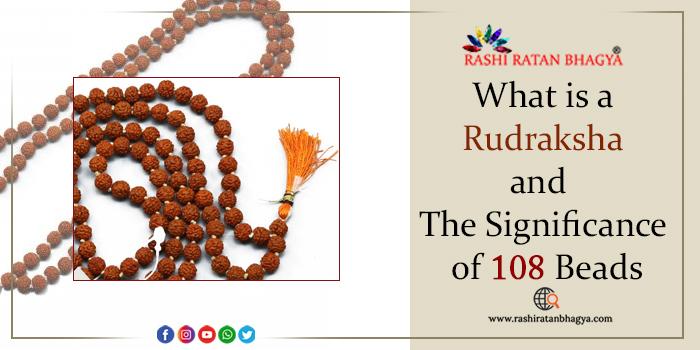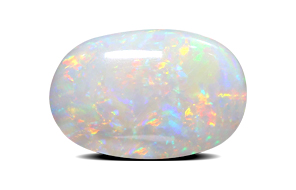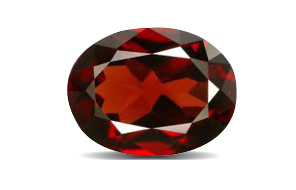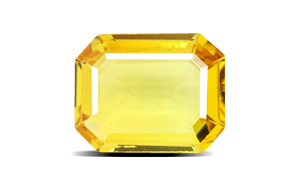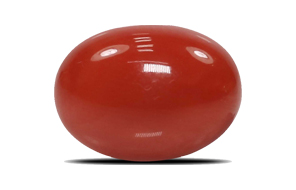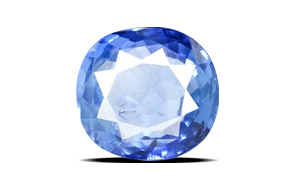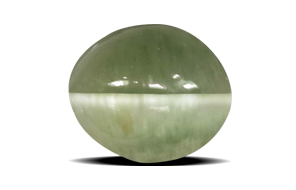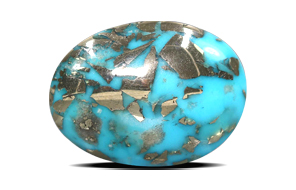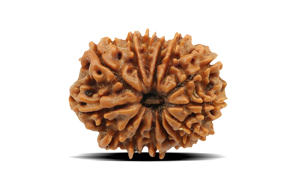Rudraksha word can be broken down into ‘Rudra’ and ‘Aksha’ which means ‘Lord Shiva’ and ‘Tears’ respectively. According to Hindu Mythology, the Rudraksha stones are nothing but the stonified tears of Lord Shiva. Botanically, the rudraksha malas are made of stonefruit which are dried up to make beads. Rudraksha malas are made of Rudraksha beads strung into a mala. It is considered one of the most powerful japmalas and is widely used for meditation in the religions like Hinduism, Buddhism and Jainism.
What is Rudraksha tree?
the botanical name of Rudraksha tree is Elaeocarpus ganitrus. It is a type of evergreen tree. The places where it is originally found are foothills of Himalayas and Gangetic plains in India. A few places in South East Asia like Indonesia and Papua New Guinea are also homes to this evergreen tree. The seeds of Rudraksha tree are called blueberry because of the blue shade it adopts when the seed is fully ripe.
Types of Rudrakshas
Rudraksha are distinguished based on the mukhis or faces visible on it. On this basis, the Rudrakshas are identified as single face or ekmukhi to 21 mukhi. 15 to 21 mukhi rudrakshas are extremely rare and are almost unseen, so their use or significance is also not decoded.
- 1 mukhi rudraksha: It represents Lord Shiva. This rudraksha is known to invoke awaress of the highest order.
- 2 mukhi rudraksha: It signifies ardh narishwar. This type is known for bringing harmony and cordiality in relationships. It represents the relationship of teacher and disciple (guru-shishya relationship).
- 3 Mukhi Rudraksha: It signifies fire. This rudraksha is known to provide release from the past birth and karmas.
- 4 mukhi Rudraksha: Guru planet is signified by the 4-mukhi Rudraksha. Those who want to attain higher knowledge gain power to do so with 4-mukhi Rudraksha.
- 5 Mukhi Rudraksha: Kalaigni Rudra is the governing deity of this Rudraksha. It is known to enhace our awareness levels and takes us to our better version.
- 6 Mukhi Rudraksha: Lord Kartikeya is signified by the Rudraksha. It symbolizes complete balance and stability.
- 7 Mukhi Rudraksha: It represents the Goddess Lakshmi. Its sight and use enhances health and wealth.
- 8 Mukhi Rudraksha: It is governed by the Lord Ganesha. This Rudraksha removes all obstacles in life.
- 9 Mukhi Rudraksha: The governing deity of this Rudraksha is the Goddess Durga. It signifies power and ability to enjoy liberation along with the worldly pleasures.
- 10 Mukhi Rudraksha: Lord Krishna is the governing deity of this Rudraksha. It is one of the most stable structures among all types of Rudrakshas and signifies fondness and serenity.
These are some of the usually found Rudrakshas that one can use to attain certain goals. Among these, 14 mukhi Rudrakshas are considered the most powerful in terms of healing properties. It is known to hold strongest powers and can eradicate several types of problems.
Use of Rudraksha Malas
Rudraksha Malas are used as japmalas which are basically 108 beads malas. These japmalas have 108 plus one bead. This 109th bead is called guru bead and helps find the start and end of the japmala. The user is supposed to retrace the mala back while meditating and chanting mantras when the guru bead arrives. The meditation should not be done in cyclic manner as it can cause dizziness. So, turning the mala is important step in meditation.
The significance of 108 beads
In the Yogic philosophy, the 108 repetitions of mantras allow deeper absorption of energies the mantras provide. By repeating the mantras 108 times with Rudraksha malas, the meditator absorbs the resonating frequency of mantras and absorbs the meaning of chants. The body becomes fully receptive of the benefits for which the chanting is being done.
In Hinduism, the number 108 is quite a respected number. This number is considered the aligning of all types of positive energies. Even the Sanskrit Language has 54 alphabets that signify the masculine and feminine form of Shiva and Shakti. These energies are doubled in 108 beads malas as 54 multiplied by 2 is 108.
108 is also an important number in Astrology. There are 12 zodiac signs and 9 planets. These numbers multiply with each other to yield the revered number 108. Thus, by meditating with 108 beads malas, a person wraps up the goodness of all planets and enjoys the positive influence of the zodiac signs.
In Yoga, the heart chakra is said to be connected to 108 nadis or pathways. Connecting one of these nadis, the Sushumna nadi, to the crown chakra leads to higher levels of self-realization. The King of Asanas, Suryanamaskar, is made of 12 asanas which are to be completed in nine rounds, the total of these is 108 movements. Hence, by meditating and chanting mantras using 108 beads malas, you are on the path to self-realization and of attaining the best form of energy.
In meditation philosophy, 1, 0 and 8 are very important numbers. 1 represents the concentration or unification of thoughts and ideas. 0 stands for emptiness or unification with the cosmos and 8 reminds of the sign of infinity. Thus, by meditating and chanting mantras 108 times with the help of a string of 108 beads, a person tries to align the self with the energies of the internal and external cosmos.
In Ayurveda, there are believed to be 108 touch points or marmas. These marmas are believed to be the conjugal points of matter and abstract knowledge. So, according to Ayurveda, completing a chant 108 times, helps the person evoke all the 108 points and attain complete connection with the self.
Rashi Ratan Bhagya brings you some of the most searched Rudraksha beads malas. The collection here is quite interesting and comprises of some of the most sought-after Rudrakshas. The Rudraksha bead is used to make pious malas called jap malas that have 108 beads. The 108 is a significant number that presents alignment with cosmos, evoking of inner powers, balance in mind, body and soul and stability of energy according to various branches of knowledge. Buy these japmalas in Rudraksha to maximize the benefits of meditation and move to higher levels of self-realization.
About The Author
Mr. Bharat Sharma, the head of the Digital Media team, has over 15+ years of experience in online media. He plays a vital role in developing strategy, ensuring quality, and providing support to customers. Highlights the experience and dedication to online marketing with natural crystals. He contributes the digital marketing knowledge to Rashiratanbhagya. Mr Bharat Sharma blends digital innovation with the ancient Vedic wisdom.

